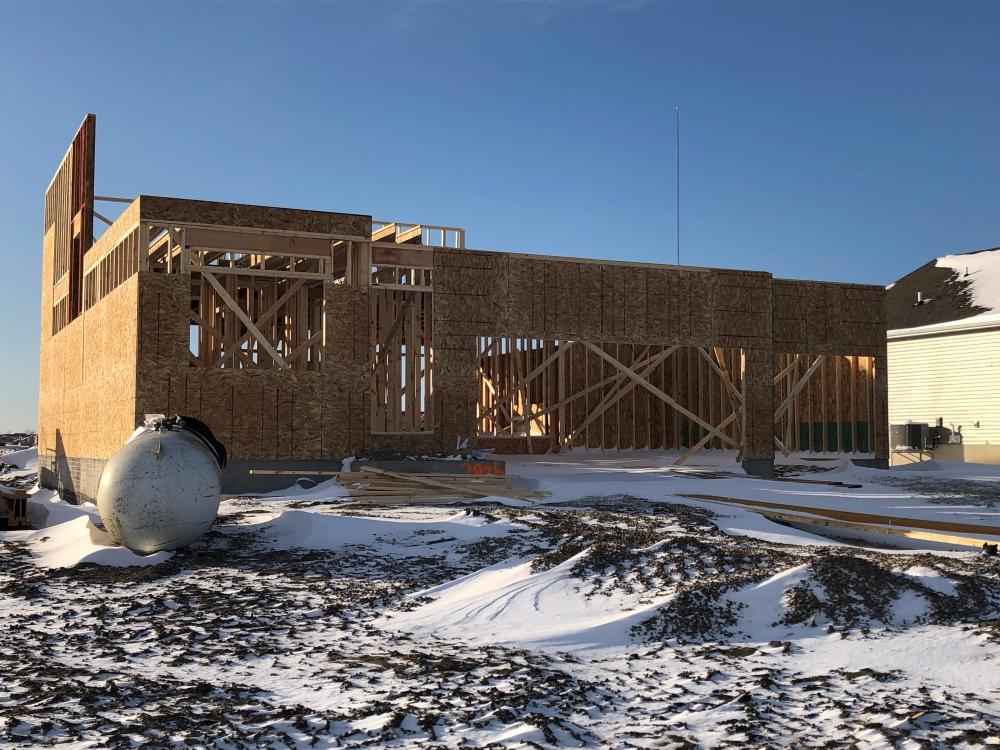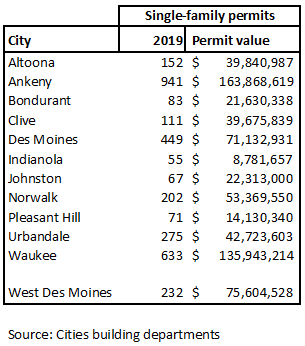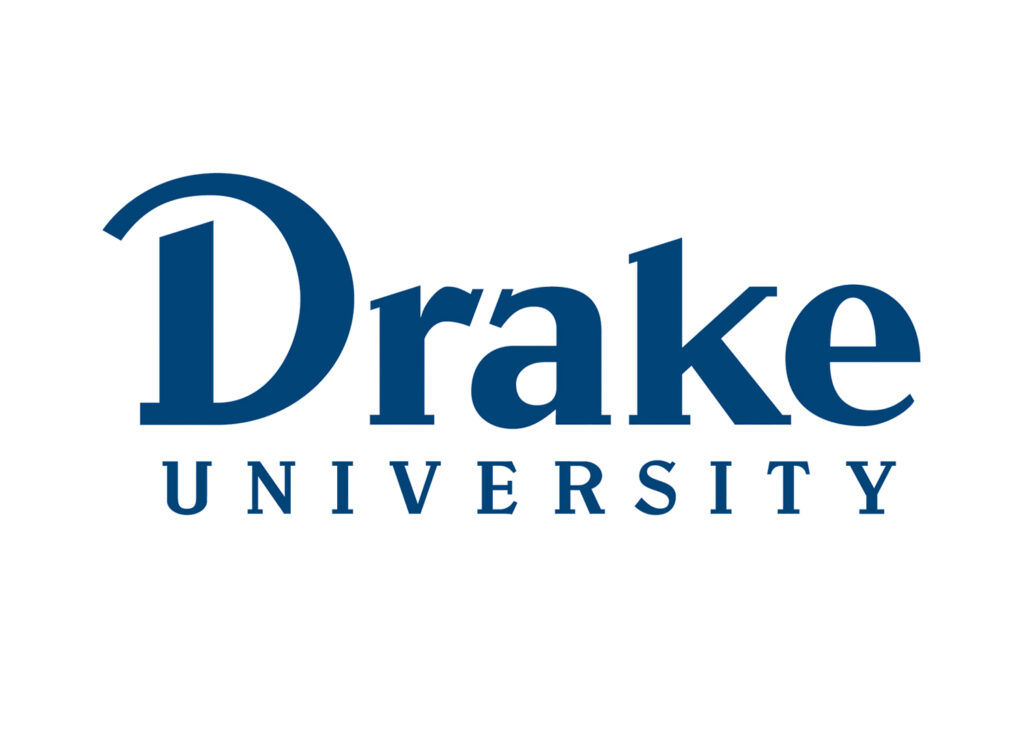In Waukee, the number of residential permits issued for townhouses (443) outpaced that for single-family houses (190).
Some developers are opting to rent townhouses rather than sell them. For instance, Hubbell Realty Co. expects to begin construction early this year on a $24 million development that will include 129 townhouse rental units. The development, located south of Southeast University Avenue and west of Southeast L.A. Grant Parkway, is one of several in Waukee that include the rental of townhouses.
“After researching the market, we found a high need for rental homes, not only in this area, but in the housing market in general,” Kris Saddoris, Hubbell’s vice president of multifamily development, said recently in a prepared statement.
Waukee is growing by about six new residents a day, city officials said. The city is expected to surpass 25,000 residents in 2020, officials have said.
The residential growth is fueling demand for services and, in return, prompting new commercial developments.
In 2019, the value of the 23 commercial building permits issued in Waukee totaled a record $64.9 million, up nearly two-thirds from 2018 when the values totaled $39.9 million.
Des Moines was also among the cities that saw an increase in residential building permits. Last year, the city issued 449 residential permits, nearly double the 225 issued in 2018, data shows. The number of residential permits issued in 2019 was the most since at least 2014, records show.
Knoup said part of the growth may be attributed to changes in Des Moines zoning code that require newly built houses to be between 1,100 and 1,800 square feet, depending on location and number of stories. Early versions of the code were more stringent, prompting some homebuilders to apply for permits under the previous zoning code, Knoup said.
“I think some builders wanted to take advantage of the known rather than deal with the unknown, so they got their applications in under the old code,” he said.













